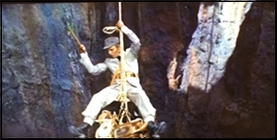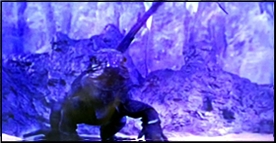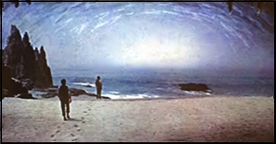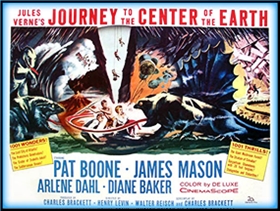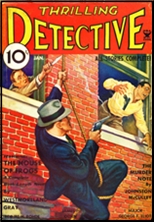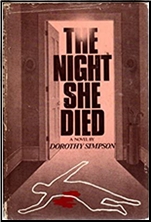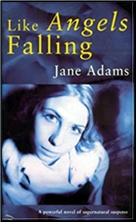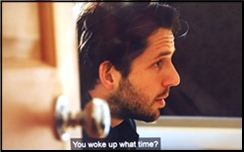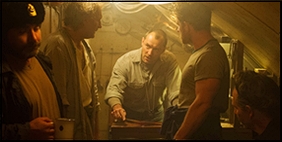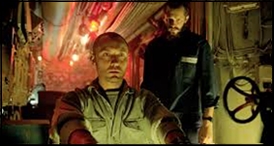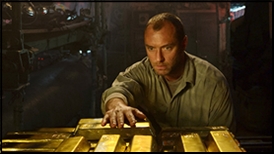Mon 8 Feb 2021
A Movie Review by Dan Stumpf: THE CASE OF THE CURIOUS BRIDE (1935).
Posted by Steve under Mystery movies , Reviews[14] Comments
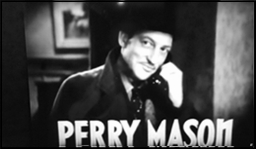
THE CASE OF THE CURIOUS BRIDE. Warner Brothers. Warren William, Margaret Lindsay, Donald Woods, Claire Dodd, Allen Jenkins, Barton MacLane, Warren Hymer, Olin Howland, Errol Flynn, and Mayo Methot. Screenplay by Tom Reed and Brown Holmes, from the novel by Erle Stanley Gardner. Directed by Michael Curtiz.
A B-movie plot given A-movie class by Warners and Curtiz.
If you only know Perry Mason from the TV show, prepare yourself for an enjoyable shock. Warren William plays Mason as a shyster par excellence, the kind of lawyer not above suborning perjury, manufacturing evidence, or hiding a witness when called for. In short, the kind of slimy-but-likeable rogue that was William’s stock in trade during his brief stardom. Just how brief we shall see shortly.
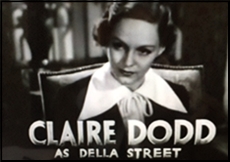
The plot involves a lady-friend of Mason’s involved with a blackmailing bigamist who is promptly murdered, the lady’s milksop husband, his domineering dad, assorted minions of the law and the lawless, and Perry’s perennial friends and foes. And as plots go, this one is forgettable to the point of inducing amnesia.
Fortunately, Bride is more than redeemed by the talents involved. Warners sprang for a top-notch supporting cast, location shooting in San Francisco, and the genius of director Michael Curtiz, who fills the screen with smooth camerawork, artsy dissolves, and a real sense of pace.
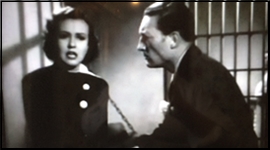
More than this, though, Curtiz achieves a real sense of fellow-feeling and interaction among the players. When Perry trades quips with the coroner (Olin Howland) and Della Street (Claire Dodd) the affection between them comes right across the screen. And when moviedom’s arch-pugs Allen Jenkins and Warren Hymer meet, the atmosphere of imminent combat is so real you can feel the punches before they land.
And there’s an interesting sidelight: When Bride was released, Warners was seriously considering Warren William for the lead in their upcoming Captain Blood. Instead, the part went to newcomer Errol Flynn, who spends most of his screen time here under a sheet, playing the murder victim. Flynn, of course, shot to stardom, while Warren William’s career began a slow spiral downward, a decline in the quality of his films that he handled with the grace he never failed to show on screen.


